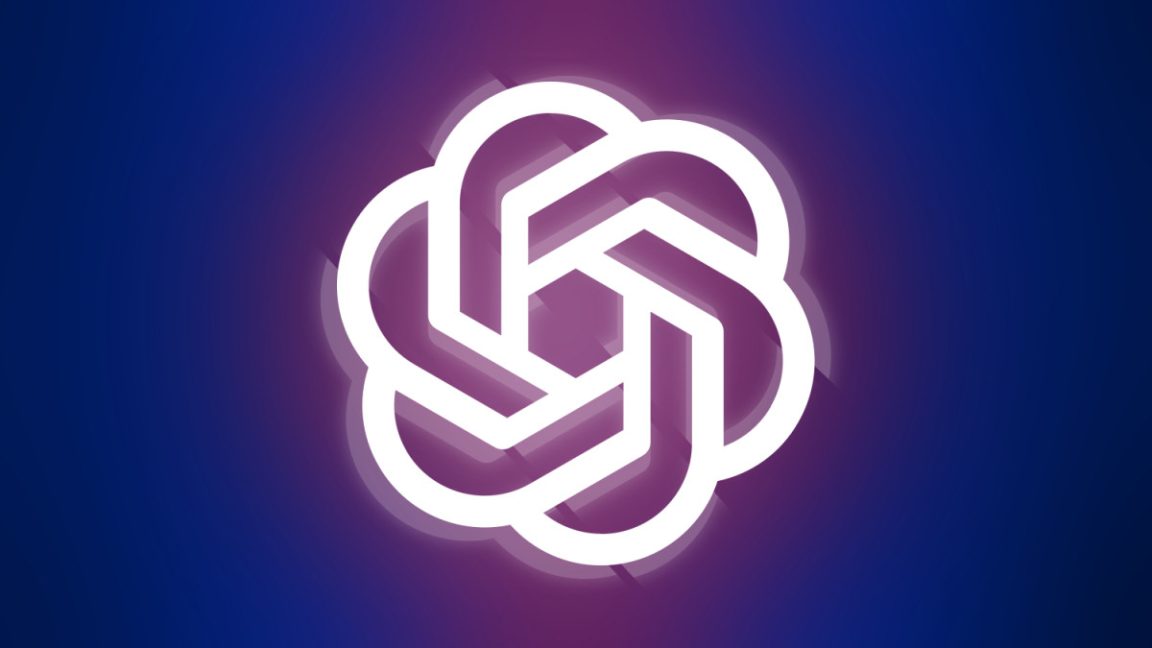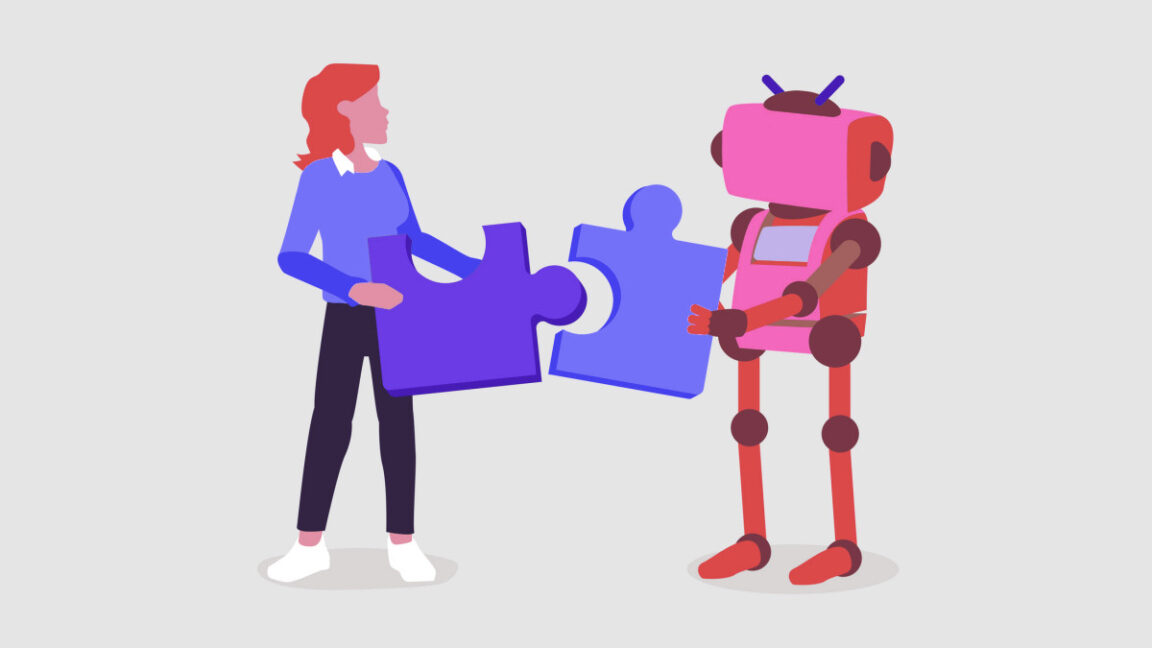The Turbulent Rollout of GPT-5: Navigating User Dissatisfaction and Technical Glitches

OpenAI's latest AI model, GPT-5, launched less than a week ago, and it has already faced a turbulent reception. The release has generated one of the largest user uprisings in the history of ChatGPT, compelling CEO Sam Altman to issue an unusual public apology and reverse key decisions.
The controversy erupted mainly because OpenAI suddenly cut off access to all previous AI models for ChatGPT users. Until GPT-5's launch, users had a selection of up to nine models. Unlike developers using the API, who had prior notice, consumer users were taken by surprise when their favored models vanished overnight.
The situation escalated swiftly after GPT-5 debuted on August 7. A Reddit thread titled "GPT-5 is horrible" quickly amassed over 2,000 comments from frustrated users. By the next day, social media overflowed with complaints about performance issues and the unforeseen removal of older models.
Marketing experts, researchers, and developers shared instances of disrupted workflows on social media. One Reddit user lamented, "I've spent months adapting to OpenAI's restrictions, and within 24 hours, it was all for nothing." The core of these complaints lies in the varying training and output styles of AI models, which had tailored user workflows to specific models.
The transition to GPT-5 particularly affected ChatGPT Plus subscribers, now limited to 200 messages weekly, losing access to models seamlessly integrated into their daily activities. A frustrated Reddit user questioned, "What kind of corporation eradicates a workflow of 8 models overnight, without notifying their paid user base?"
Adding to OpenAI's challenges was a launch presentation labeled a "chart crime,' featuring graphs that inaccurately depicted GPT-5's performance improvements. During an AMA on Reddit, Altman deemed it a "mega chart screwup" and issued an apology.
Technical glitches compounded issues, particularly with an automatic routing system intended to select the correct model variant per query. This system defaulted to less capable variants unless users explicitly prompted otherwise with phrases like "think harder." Altman admitted the system malfunctioned on launch day, making GPT-5 appear less intelligent.
The unexpected changes in GPT-5's output style also frustrated users. The model's responses were shorter and more formal, lacking the conversational warmth of GPT-4o, prompting criticisms like "it’s an overworked secretary." Many users held emotional attachments to previous models, feeling they lost not just tools but companions.
For some, the launch of GPT-5 was the final straw. Many considered canceling their subscriptions and exploring alternatives like Google or Anthropic's AI assistants. These reactions caught OpenAI by surprise, motivating immediate damage control.
Altman faced demands to restore GPT-4o during the AMA session. He acknowledged the importance of previously loved models, saying, "we are looking into this now," and announced changes to rectify the rollout glitches, including the return of GPT-4o for Plus users and increased message limits.
Despite OpenAI's admission that "we for sure underestimated how much some of the things that people like in GPT-4o matter," GPT-5 remains the sole family available in ChatGPT as of recent. Time will tell if these steps will mend the rift with its user base.



